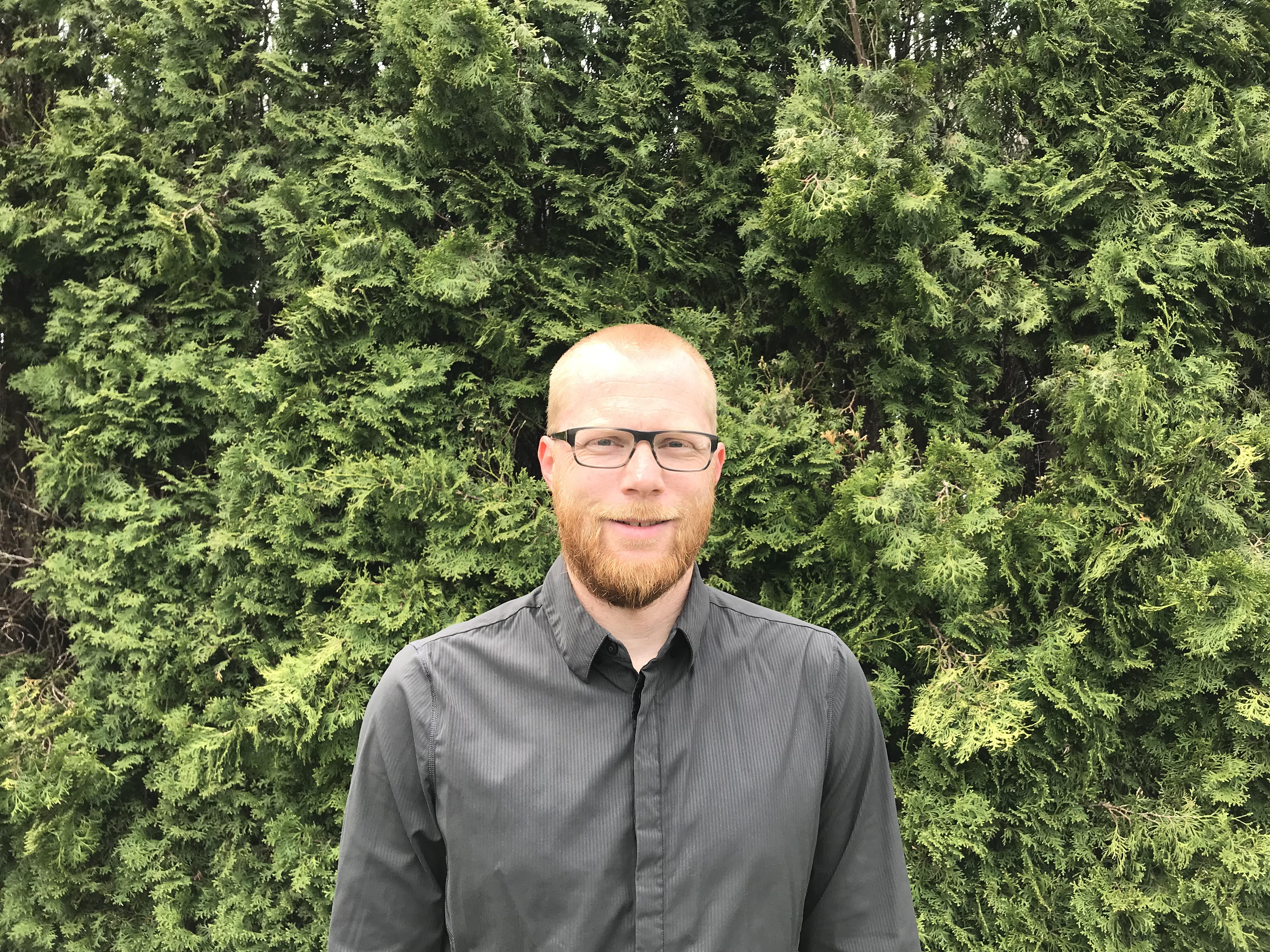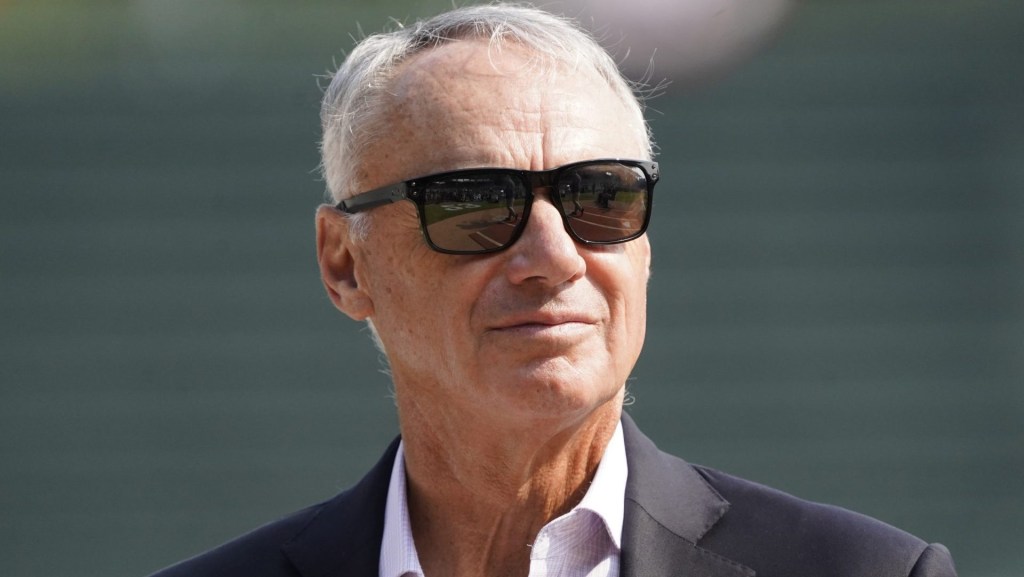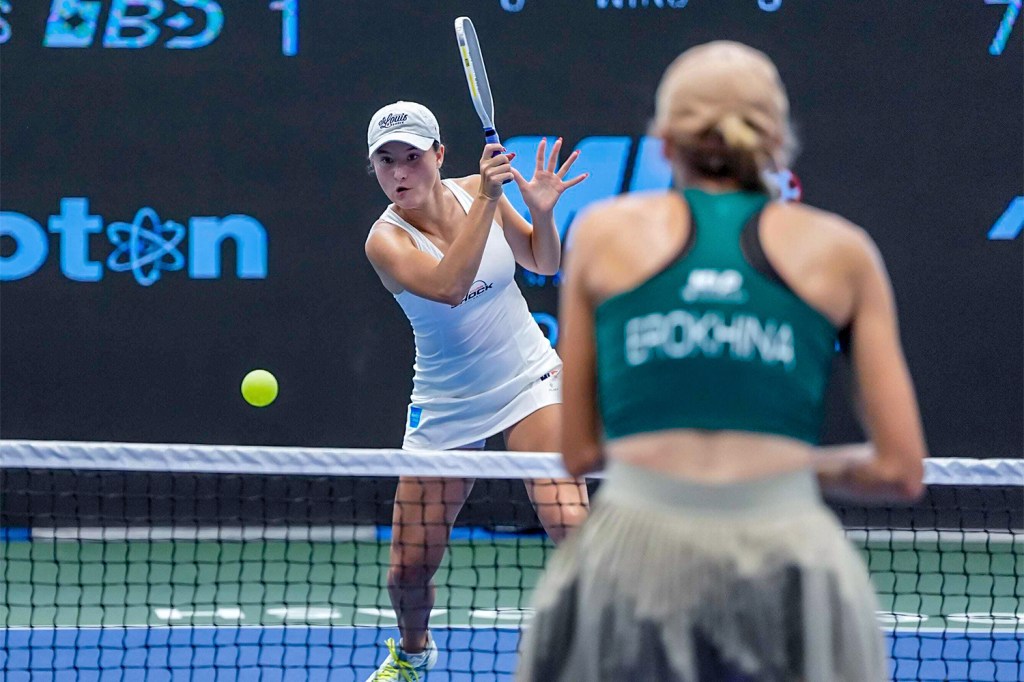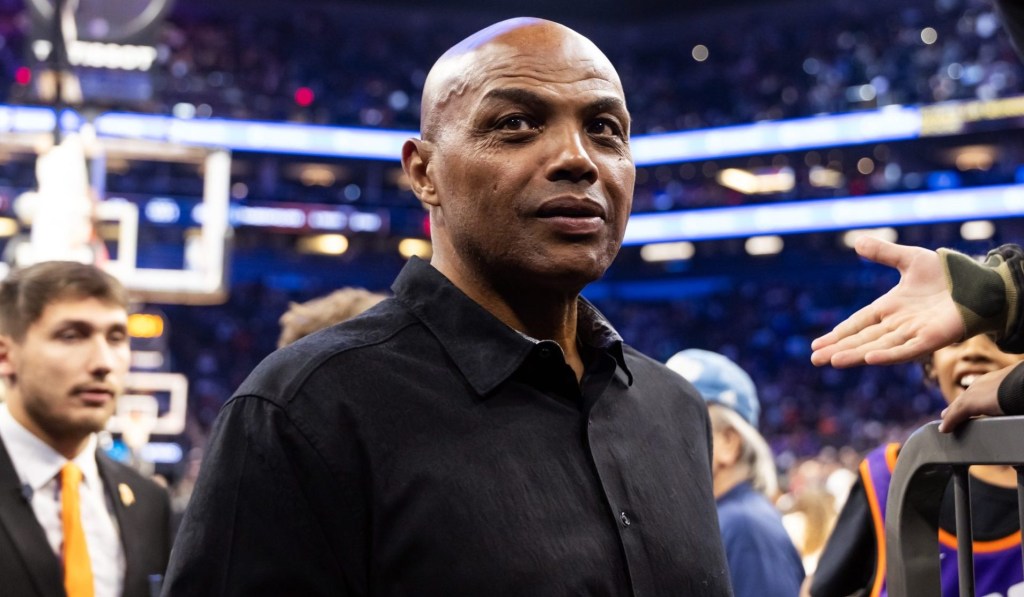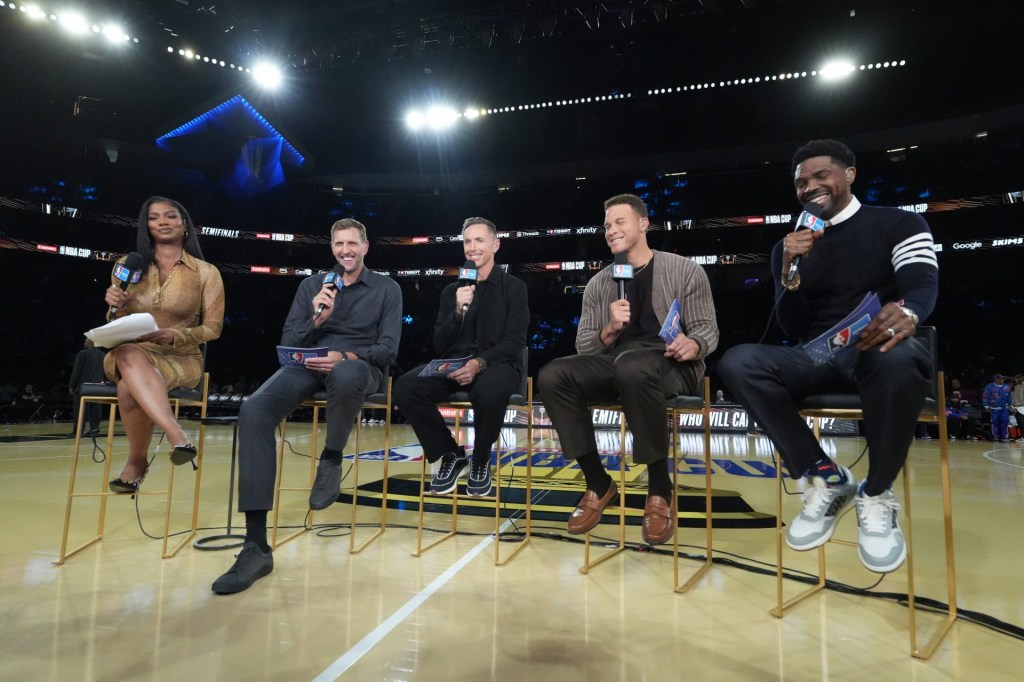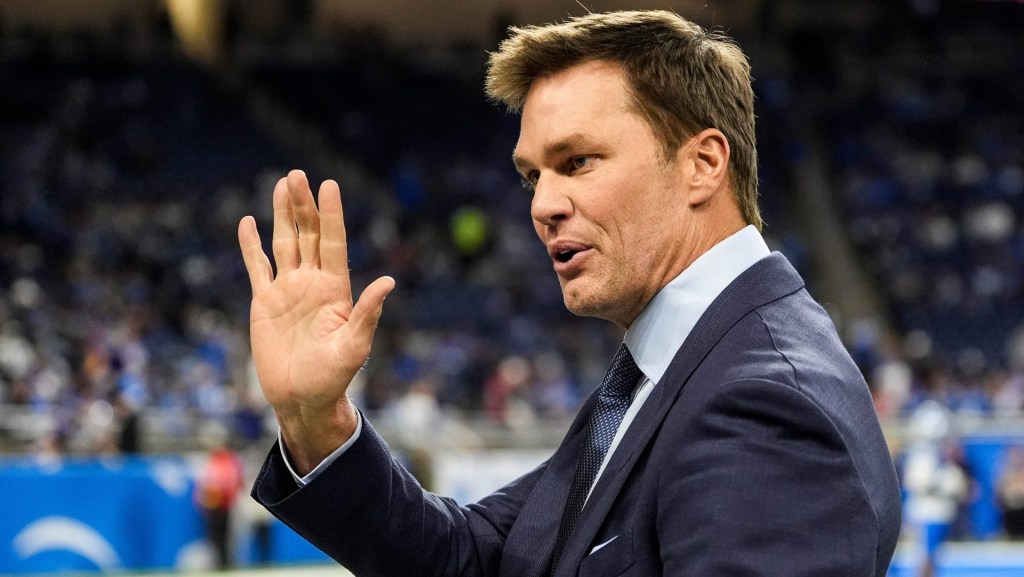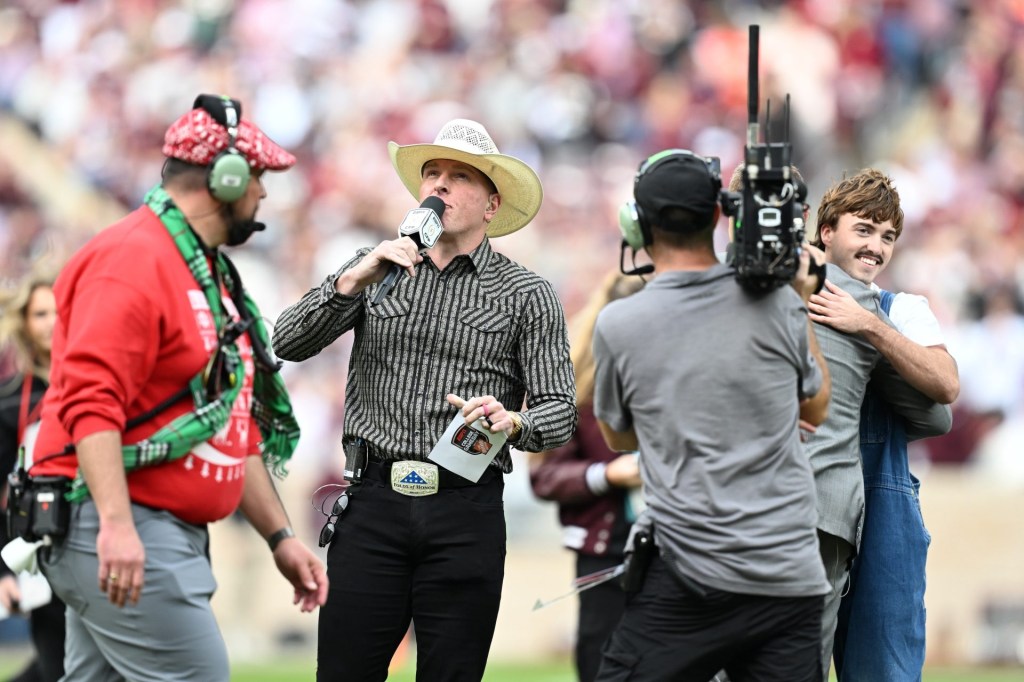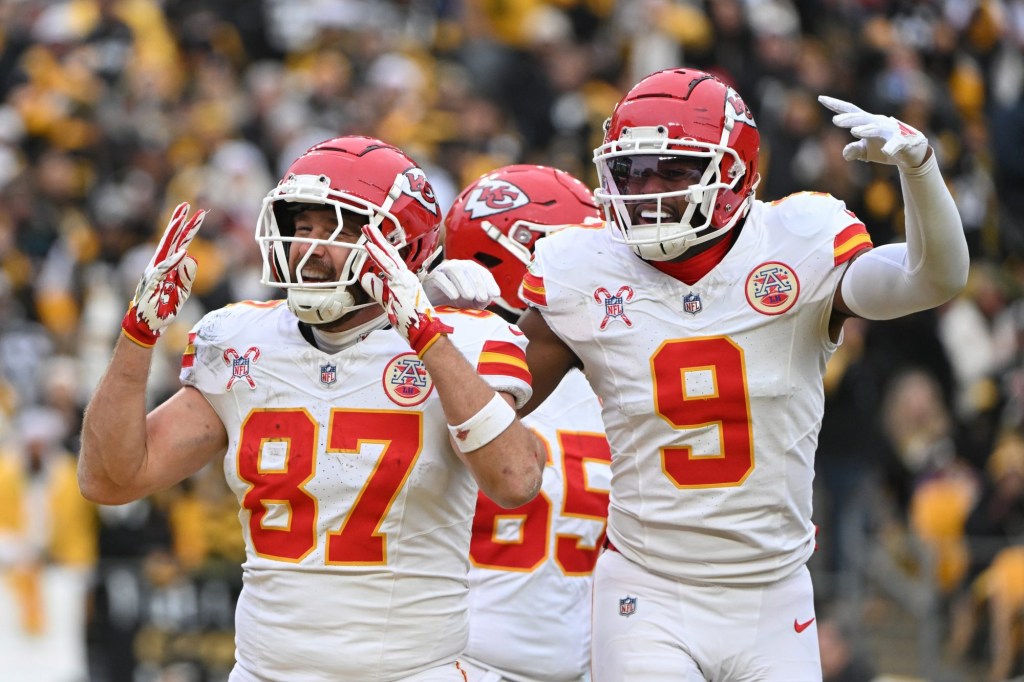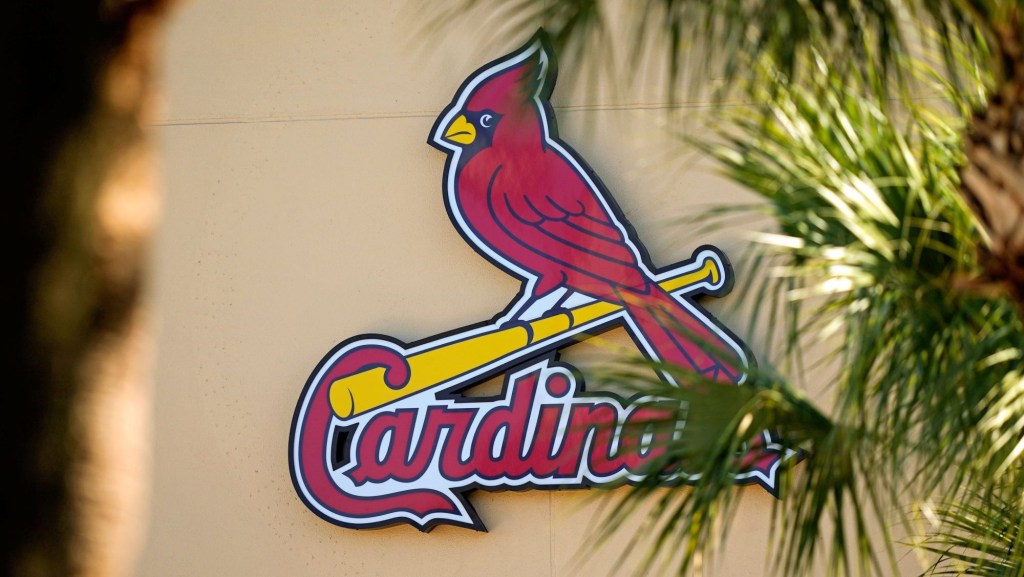
Image via Tim Newcomb
No one had to tell Tim Newcomb to follow his heart or do what he loves. But how does one mix their passion with what the audience wants — especially in journalism? Build a personal brand and create a demand, of course!
Newcomb, the founder of Stadium 185, is a well-versed journalist covering a wide array of topics from sports aesthetics to education and engineering. He is particularly known for his work in sports architecture and stadiums. Although Newcomb covers sports aesthetics, he does not label himself as a sports journalist.
Rather, a passion for sports certainly compels him to cover the industry’s tangibles like stadiums and ballpark food, the creation of a legitimate brand starts with uniqueness.
“The first step to getting to where I am now was working to find areas that I felt readers wanted to learn about and were interested in,” said Newcomb. “And [they] weren’t already getting covered in a mainstream way.”
The @Rangers and @delawarenorth sold 2500 Dilly Dogs—a Best Maid dill pickle cored out, stuffed with an Angus beef jumbo dog and fried—during the first home stand and will now sell at a section location at Globe Life Park. pic.twitter.com/42DQj46Fqw
— Tim Newcomb (@tdnewcomb) April 4, 2018
That attitude and mentality shape the very work and motive he possesses today.
“I was able to use my own interest areas,” said Newcomb. “That of stadiums and sports gear, to give me a greater understanding of a topic area that could lead to a different way of approaching a story.”
Newcomb has been a journalist his entire life and believes everything works together naturally, even allowing him to partake in multiple passions. Believing everything has its own world has allowed him to welcome and ingratiate various fields.
“For me, I cover worlds,” said Newcomb. “Whether stadiums or sneakers that have differing levels of engagement. Those people want to learn as much as they can about their favorite world.”
As traditional journalism is still important to most, boundaries change, and Newcomb knows the multi-faceted dynamic of reporting has shifted.
Newcomb explains his style of writing in his stadium examples by providing people with information they need to know about possible experiences. These experiences range from the concessions to brand activations.
“Anyone working to create fan experiences within sports and entertainment must take the live stadium event into account,” said Newcomb.
The “live stadium” Newcomb refers to is the way fans interact with the event can transition to a change in the stadium.
“The fan experience has shifted exponentially, no matter your view of the current results,” added Newcomb.
With the shifting tides of reporting, brands are stepping up with a more engaging image, even so, doing the work of journalists.
“We are already seeing brands and teams playing a larger role in the content provided to fans,” said Newcomb. “Teams and sponsors have access to players that journalists often don’t because of the monetary relationship between the players and the teams or brands.”
Players and teams’ social media is thus utilized further. Newcomb, however, does not see this as a major setback to journalism but knows people will continuously find new ways to receive and consume their favorite content.
“I believe that both readers and editors know the areas I cover and will come to me expecting to have the latest information in those areas.”
Newcomb has ingrained his life into the devotion of serving his audience and giving them what they want. In the niche and in the mainstream, Newcomb’s followers know where to find the newest updates in their favorite worlds.
